Pillar
Precision Agriculture
Abstract
Agri-food chain nowadays needs novel approaches to support crop production and reduce its economic and environmental impacts. Within the Pillar identified by the Ecosystem Samothrace as Precision Agriculture the consortium will develop sensors and smart materials, sustained by an innovative management of the resources. This effort will allow to apply the 3 key points for precise and sustainable agriculture, i.e., to act exactly where, when, and how it is requested by the crop. This goal will be pursued by working on well defined “champions” activities:
- Sustainable management of natural water resources in agriculture;
- Smart sensing of irrigation water;
- Nanotechnologies for plant nutrition and protection;
- Plant health monitoring;
- Computer-based data collection, analysis and management for precision agriculture.
The initial activities of the pillar were focused on reviewing and updating the state of the art, designing preliminary experiments, and performing the first materials synthesis and detection systems definition.
Flagship Activities
- Strategies to save irrigation water;
- Technologies to treat and reuse civil/urban and agro-industrial wastewater;
- integration of a photobioreactor containing a selection of microalgal pool (demo site scale)
- design and development of recyclable (multi)functional nanofiber or hybrid nanomaterials-based systems, also obtained by use natural or (agrifood) second-raw materials and eco-friendly synthetic techniques, able to extract, retain and/or degrade different organic and inorganic contaminants, micro-and nano-suspended solids, microorganism, and bacteria, from the wastewater and to desalinate groundwater.
- study of volcanic ashes, including the gas emission to test their stability as adsorbing materials for water treatment;
- identification of natural solution for wastewater treatment able to detect and remove emerging contaminants and high levels of fertilizers and chemicals (in common with “Champion” 2).
- Technologies to detect traditional pollutant and emerging contaminants from wastewater (in common with “Champion” 2);
- pollutants sensing thus reducing the risks for human health
- heavy metals,
- pesticides,
- antibiotics,
- pharmaceutical compounds,
- bacteria,
- antimicrobial resistance genes (ARGs),
- fertilizers (nitrites/nitrates) concentration derived by the agricultural activities.
Biodegradable and biocompatible polymers (natural and/or synthetic) are used to encapsulate active ingredients, thus becoming agrochemicals stabilizer/release modulators:
- Mixed-valence manganese oxide nanoparticles from waste;
- Biopesticides based on sol-gel microencapsulated bioactives from agrowaste;
- Hybrid nanostructured and bio-based materials from natural substances or agricultural waste;
- Smart hybrid nanocomposites synthesized by eco sustainable and green methods.
- CO2 flux detector from soil and water surface to monitor soil respiration, plant roots, fungi, bacteria activities. It can also be implemented for CH4 detection to monitor some anaerobic processes (e.g. wetlands);
- Sensors on the plant to detect:
- ethylene,
- sesquiterpenes,
- alcohols,
- methyl salicylate,
- etc…
- Optical «molecular sensors» to detect plant VOC;
- proximal fixed sensor networks for real-time plant, soil, data collection (data management is also part of the last “champion”);
- remote visual and hyperspectral monitoring of plant status by using fixed sensors drones equipped with multi- and hyper-spectral sensor for gathering information from small and medium sized cultivated areas;
- detection of plant pathogens by field portable devices in tomatoes, grapevine, olive. The system will allow an in-situ DNA sequencing;
- Early detection of postharvest alterations.
- Greenhouses data collection: wireless sensors for spatial data, irrigation control system, variable-rate technology system, greenhouse parameter control system, detection of possible diseases, arrangement for supplying information to farmers;
- implementation of a risk forecasting model for different tropical cultivation in the area of Messina (south-east Sicily). RGB cameras as well as thermal cameras and satellite images will be used within AI/ML algoritms coupled with air temperature, relative humidity, wind speed and direction, precipitation;
- development of efficient and sustainable irrigation protocols for the main Mediterranean woody crops using information from proximal and remote sensing systems;
- development of an Intelligent Cyber Physical System (ICPS) solution for coffee plant diseases by using Smart Edge computing and Machine Learning techniques;
- Artificial Intelligence (AI) powered Cyber-Physical Systems (CPS) for plant health detection
Dissemination
Last Updated on 22 Settembre 2023 by Segreteria P. TRIFILO’, D. BEKKAI, G. TOSCANO, M.T. CHIOFALO, G. GENOVESE, MORABITO M. , D. …
Using the Aqueous Phase Produced from Hydrothermal Carbonization Process of Brown Seaweed to Improve the Growth of Phaseolus vulgaris
Last Updated on 18 Settembre 2023 by Segreteria Damiano Spagnuolo, Viviana Bressi, Maria Teresa Chiofalo, Marina Morabito, Claudia Espro, Giuseppa Genovese, Daniela …
Last Updated on 4 Agosto 2023 by Segreteria Provvidenza Rita D’Urso, Claudia Arcidiacono, Matti Pastell and Giovanni Cascone Leggi l’articolo completo qui
Protective Effects of a Red Grape Juice Extract against Bisphenol A-Induced Toxicity in Human Umbilical Vein Endothelial Cells
Last Updated on 18 Settembre 2023 by Segreteria by Caterina Russo, Alessandro Maugeri, Ambrogina Albergamo, Giacomo Dugo, Michele Navarra and Santa Cirmi. …
Development of an In-Field Real-Time LAMP Assay for RapidDetection of Tomato Leaf Curl New Delhi Virus
Last Updated on 4 Agosto 2023 by Segreteria Andrea Giovanni Caruso, Arianna Ragona, Sofia Bertacca, Mauricio Alejandro Marin Montoya,Stefano Panno and Salvatore …
A novel 2D-GO@WS2 electrochemical platform for the determination of thiram fungicide
Last Updated on 18 Settembre 2023 by Segreteria Khouloud Abid, Daniela Iannazzo, Consuelo Celesti, Amani Khaskhoussi, Antonino Foti, Ramzi Maalej, Pietro Giuseppe …
Release Profiles of Carvacrol or Chlorhexidine of PLA/GrapheneNanoplateletsMembranes Prepared Using Electrospinning andSolution Blow Spinning: A Comparative Study
Last Updated on 4 Agosto 2023 by Segreteria Roberto Scaffaro, Luca Settanni and Emmanuel Fortunato Gulino




